There’s something about sailboats that mirrors the creative process. The wind doesn’t always blow the way you want. I use the Windy app because you can see the direction of the wind directly in the sailing area with dynamic lines showing the micro changes of the pattern as the day approaches, and the squirrelly and notorious East Winds of the Columbia River gradually escalate throughout the microclimates between the two interstate bridges in the Portland Metro area. The horizon in these waters can be exhilarating—or disorienting. But the difference between drifting and progressing is almost always found in one thing: a plan.
This past month, I’ve been navigating the creation of an eLearning module that, on the surface, is about helping adult sailors become confident charter captains. But beneath the surface, it’s about something much deeper: curiosity, competence, and commitment. Not just for the learners, but for me too.
When I first received the course assignment, I saw a dozen possible directions. I could have designed around AI. Or soft skills. Or safety simulations. I considered leadership theory. I considered performance psychology. But nothing stuck—because I hadn’t yet made a commitment. I hadn’t drawn my own course.
Then I remembered something an LXD professional I interviewed had shared with me. She said:
“You build better learning when you build it around what you are genuinely curious about. When that happens, the learning isn’t just effective—it’s alive.”
That line stayed with me. I wasn’t just building a course for a grade. I was building a blueprint for something I care about: helping aspiring sailors make the leap from ASA 101 weekenders to people who actually live their sailing dream.
I reflected on my own journey—from timid ASA student to Gulf Islands flotilla participant—and realized the biggest missing piece in many adult learning journeys isn’t just skill—it’s vision. It’s believing the dream is worth pursuing. And then? It’s knowing the practical steps to get there.
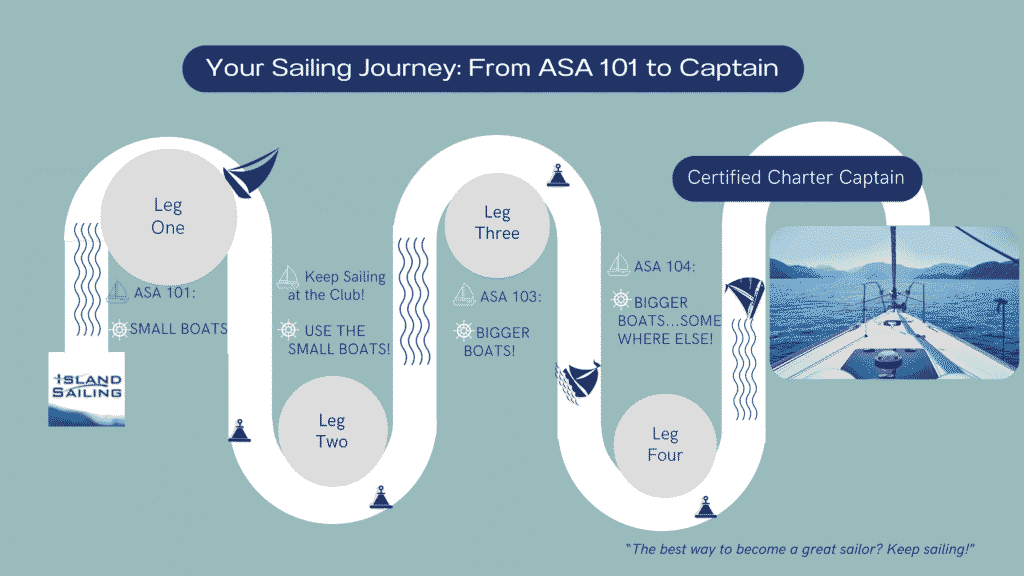
So, I started again. This time with commitment. I created a structured project plan that balanced two things I now believe are the soul of good instructional design:
- Curiosity – activating imagination, story, and what-if moments that make learners want to explore.
- Competence – guiding them clearly, step by step, toward real outcomes they can own and achieve.
I mapped the user journey like a sailing chart—one with landmarks (ASA 101, 103, 104), hidden reefs (fear, uncertainty, cost), and destinations (Tahiti, the San Juans, confidence). I integrated storytelling, scenario-based decision points, and reflection prompts that mirror what real sailors face.
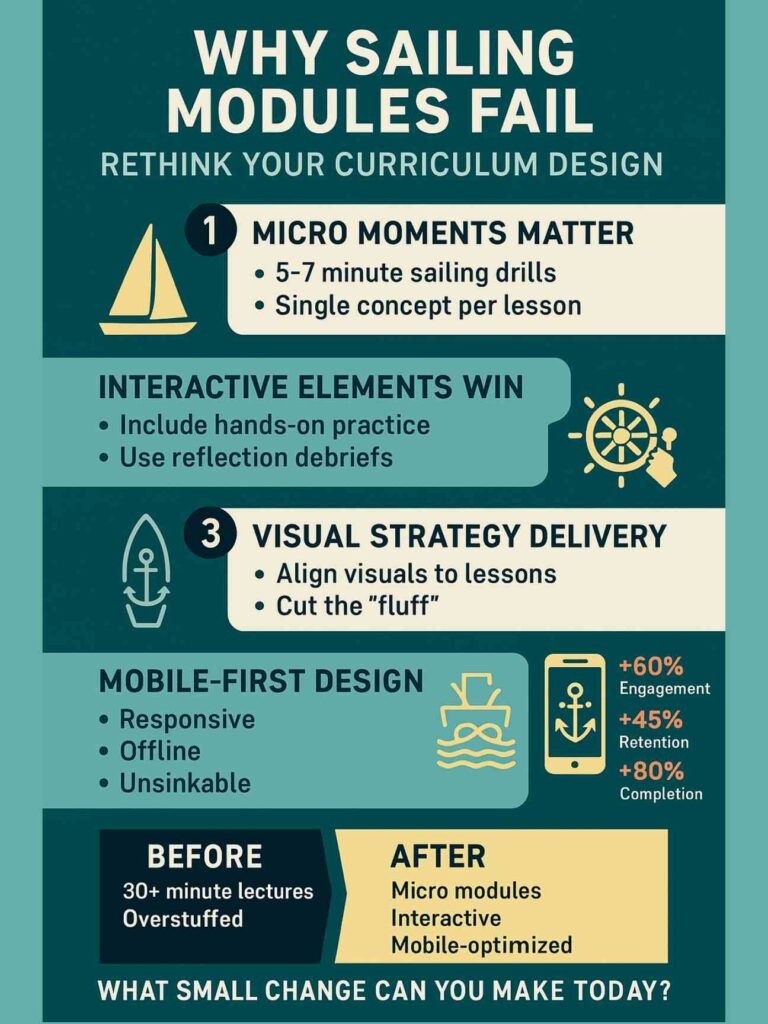
And in the spirit of cognitive science and motivation theory, I plan to make it digestible, modular, and mobile-friendly.
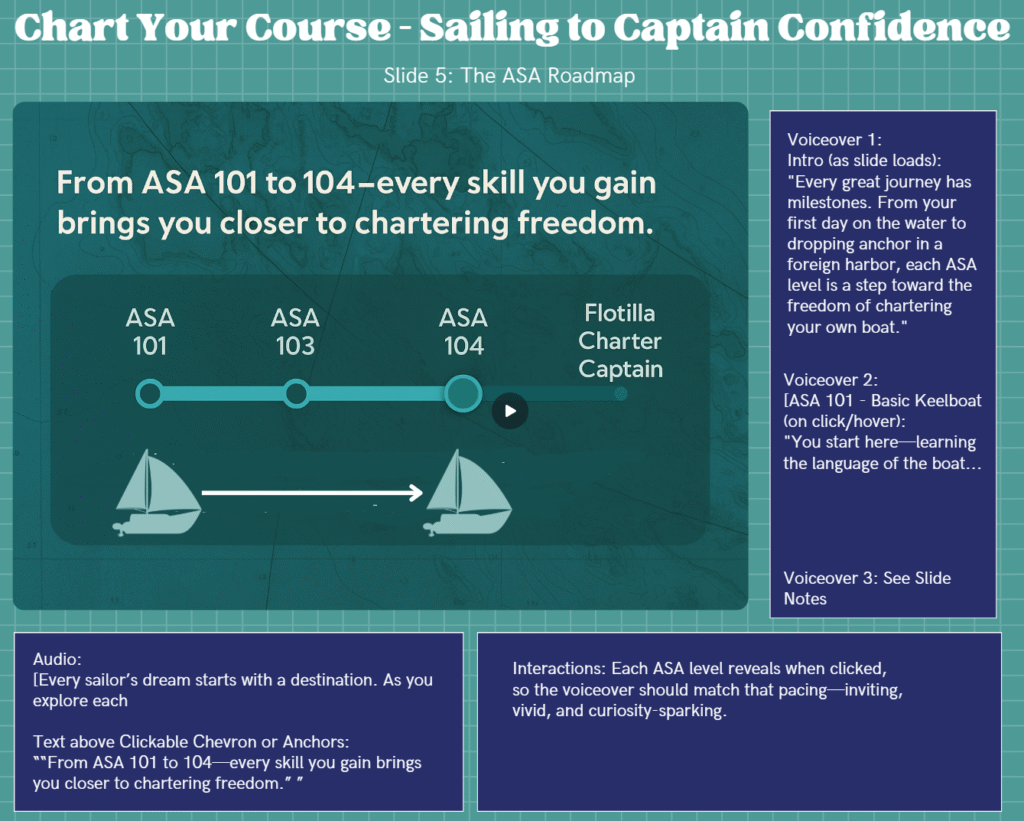
Now, the module—Chart Your Course—isn’t just about boats. It’s about transformation. It’s a mirror for the learner… and honestly, for me too (that’s me on the left).
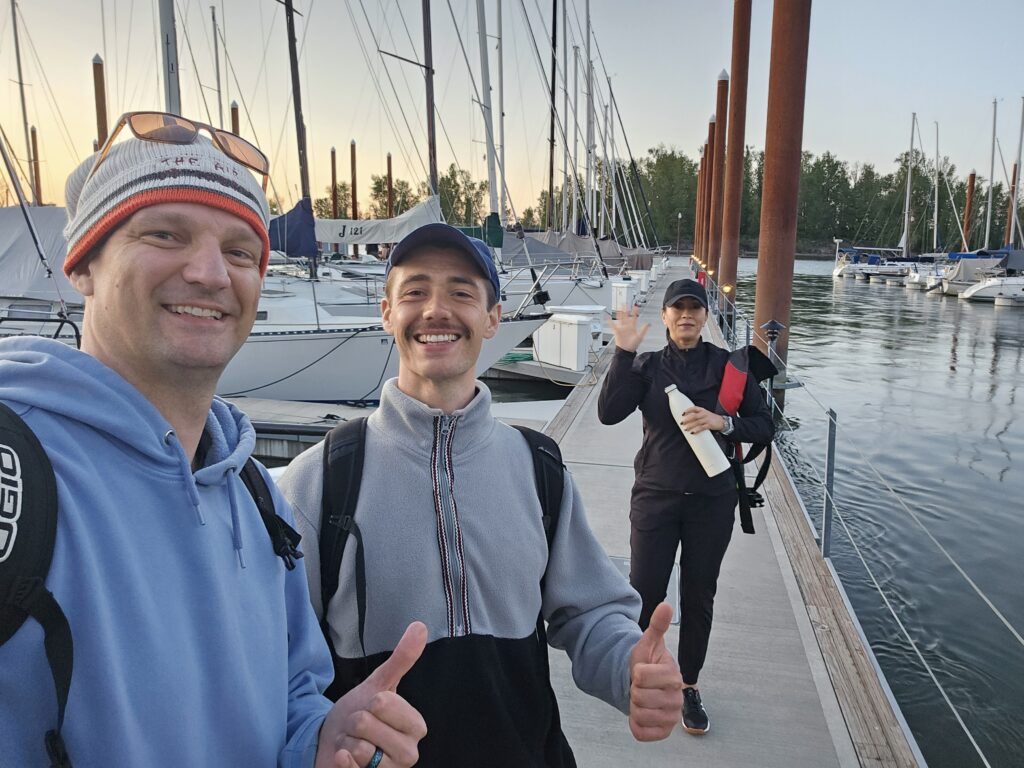
We talk a lot in Learning Design about empathy, design thinking, and user needs. But none of that matters if we don’t first commit to the journey—to picking a lane, showing up, and following through, even when the wind dies down.
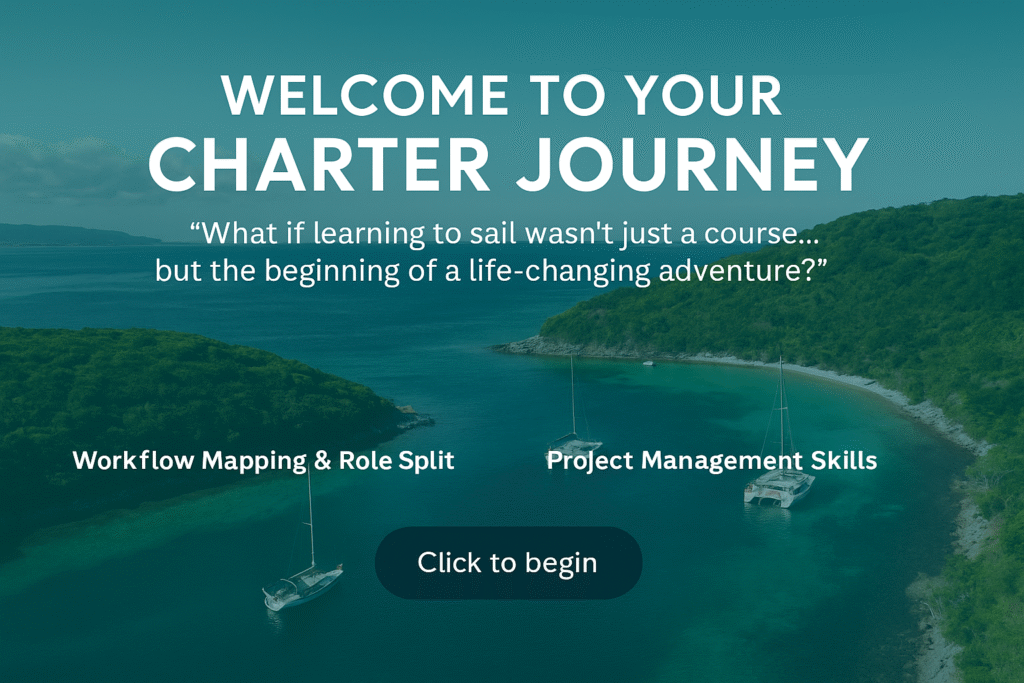
This blog post is that same commitment. A way of planting my flag and saying: I believe in this kind of learning. I believe in the learners it will reach. And I believe in this work not just as an assignment—but as a calling.
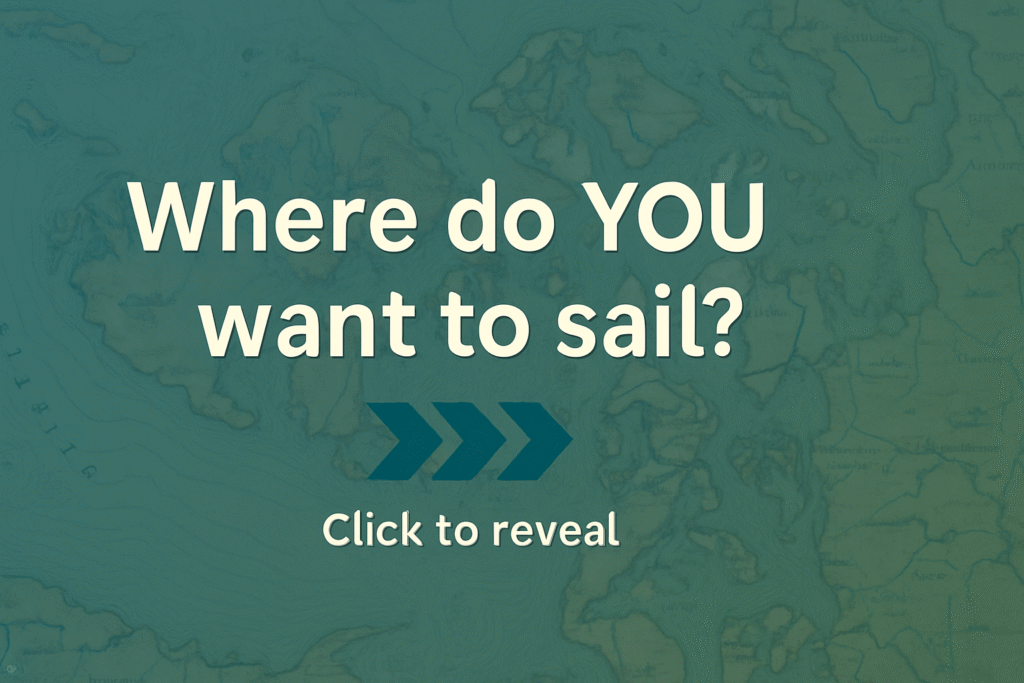
Let’s enter into this journey together, one forward thinking interactive module at a time.

Leave a Reply
You must be logged in to post a comment.